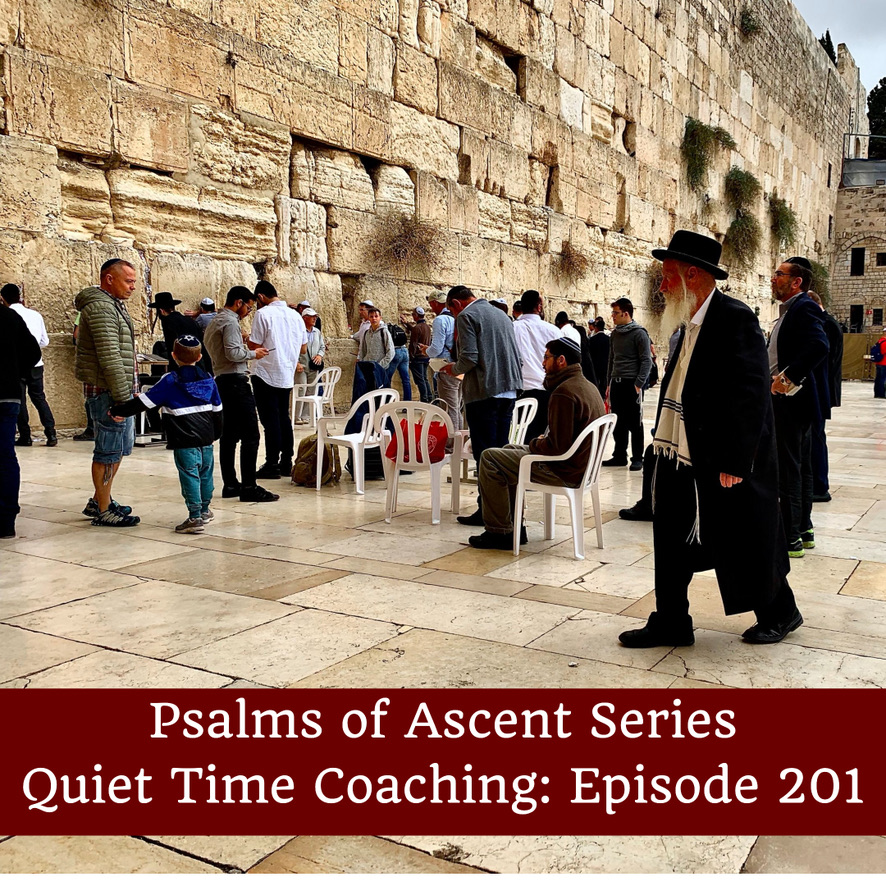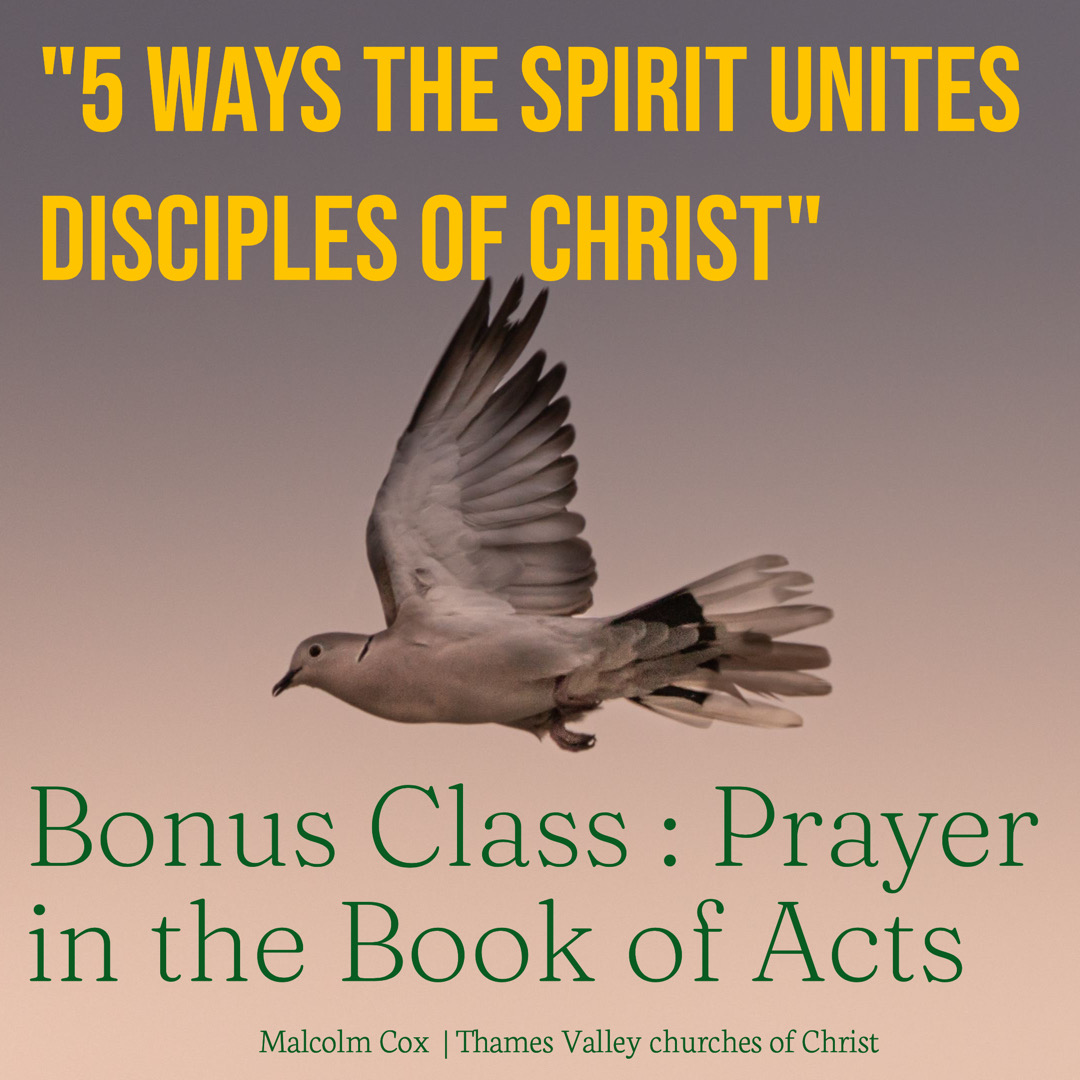Part 3 – Praying with uplifted hands.
What is the usefulness and relevance of movement and posture in corporate worship? This is the third in a series on this topic inspired by a chapter in “Participating in Worship” by Craig Douglas Erickson.
Today we look at the issue of praying with uplifted hands.
I’ll admit it, this one makes me uncomfortable. I occasionally lift my hands during private prayer – when I’m confident no one else can see me. I understand that it is a biblical posture for prayer. But the something about it which I find resistance. To which I find myself resisting. Why is this? Perhaps it is something to do with vulnerability. Nonetheless, let’s examine the relevance of uplifted hands in corporate worship.
First of all, the Biblical perspective:
- A gesture of invocation – Exodus 9:29
- A plea for God’s help – Psalm 27:2; 87:9; 142:6
- A blessing of the Lord’s name – Nehemiah 8:6; Psalm 62:4; 133:2.
- A blessing of others – Luke 24:50.
- Dedicating things into the Lord’s service – 1 Kings 8:22.
- Indicating the offering of one’s own self – Psalm 140:2.
The early church appears to have prayed in this way:
“Therefore I want the men everywhere to pray, lifting up holy hands without anger or disputing.” (1 Timothy 2:8 NIV11)
Tertullian (an early Christian writer) commented that such a posture recalled Christ on the cross: “Not only do we raise them (our hands), we even spread them out, and imitating the passion of our Lord, we confess Christ as we pray.”
To quote Eriksson again, “Through the uplifting of hands the body urges the opening of one’s spirit to God’s blessings. When the palms are directed forward, it expresses and evokes a reverence before the presence of God. With arms lifted high there is a suggestion of surrender, not as that of a vanquished person but of one who freely submits to the kingdom of God.”
These gestures are common in charismatic Christianity and some similar traditions. Not so much in my background or current practice. However, perhaps not only our congregations but I myself should consider the value of this posture in corporate prayer.
Please add your comments on this week’s topic. We learn best when we learn in community.
Do you have a question about teaching the Bible? Is it theological, technical, practical? Send me your questions or suggestions. Here’s the email: malcolm@malcolmcox.org.
If you’d like a copy of my free eBook on spiritual disciplines, “How God grows His people”, sign up at my website: http://www.malcolmcox.org.
Please pass the link on, subscribe, leave a review.
“Worship the LORD with gladness; come before him with joyful songs.” (Psalms 100:2 NIV11)
God bless, Malcolm
PS: You might also be interested in my book: “An elephant’s swimming pool”, a devotional look at the Gospel of John


